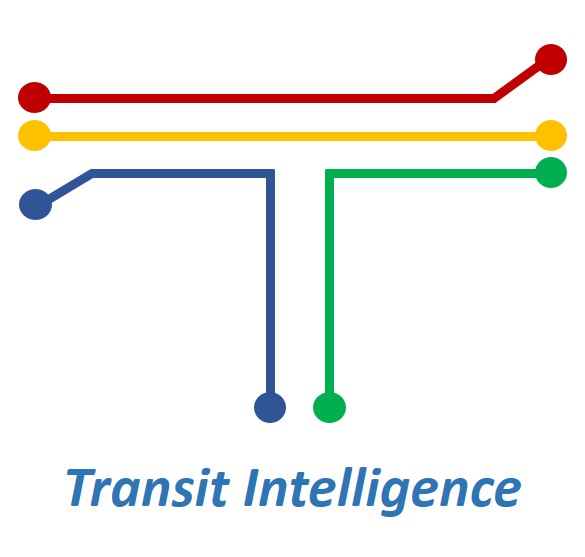The 2030 Breakthrough
Double the share of energy efficient and fossil-free forms of land transport for people and goods by 2030, by focusing on shifts to public transport, walking, cycling and rail freight, as well as electric vehicles and railways.
Driving change Tracking ProgressHow “Avoid & Shift” targets can transform land transport
In addressing the urgent need for climate action, the focus in the land transport sector has predominantly centred on advancing the “Improve” dimension, primarily through the electrification of the vehicle fleet. A pivotal facet in achieving a comprehensive transformation lies in establishing targets that distinctly prioritize the “Avoid & Shift” dimension. These targets should underscore the imperative to diminish the necessity for travel and actively promote a switch towards more sustainable modes of transportation. This strategic approach is not only about enhancing vehicle technology but also about rethinking our transportation habits and infrastructure.
It’s important to note that while electrification is a crucial tool for decarbonizing transport, emerging research indicates that we cannot stay aligned with a 1.5 degree Celsius scenario without complementing electrification with strategies that will reduce vehicle kilometers traveled. The Avoid-Shift-Improve (A-S-I) framework emphasizes the need for better land-use practices and urban design to avoid or reduce the amount of driving needed (avoid), shift trips to more efficient, alternative modes of transport such as walking, biking, and public transit (shift), and electrify everything remaining (improve).
Moreover, integrating renewable energy sources into the “Avoid & Shift” strategies is essential for systemic transformations necessary to achieve deep decarbonization. This connection enhances the viability of sustainable transport options and that is why it is so important to also drastically scale up the consumption of renewable energy and zero-emission energy sources towards achieving fossil-free land transport by 2050. Despite the critical importance of these strategies, “Avoid & Shift” measures have yet to receive significant attention and resources.
The 2030 Avoid-Shift Breakthrough builds on the Fossil Free Transport Call To Action championed by SLOCAT and REN21, co-initiated by IDDRI, ITDP, UIC, UITP and WRI, and with the support of more than 60 signatories and two countries, Chile and Colombia.
Acknowledging the organizations & countries supporting this future



































